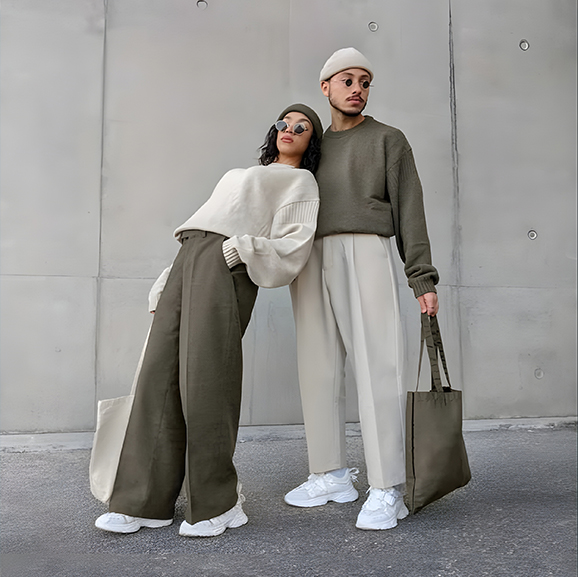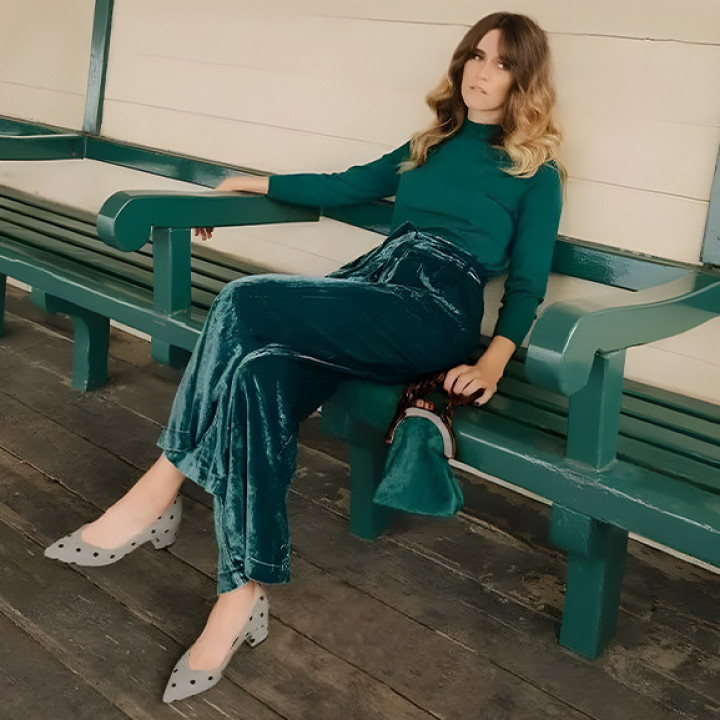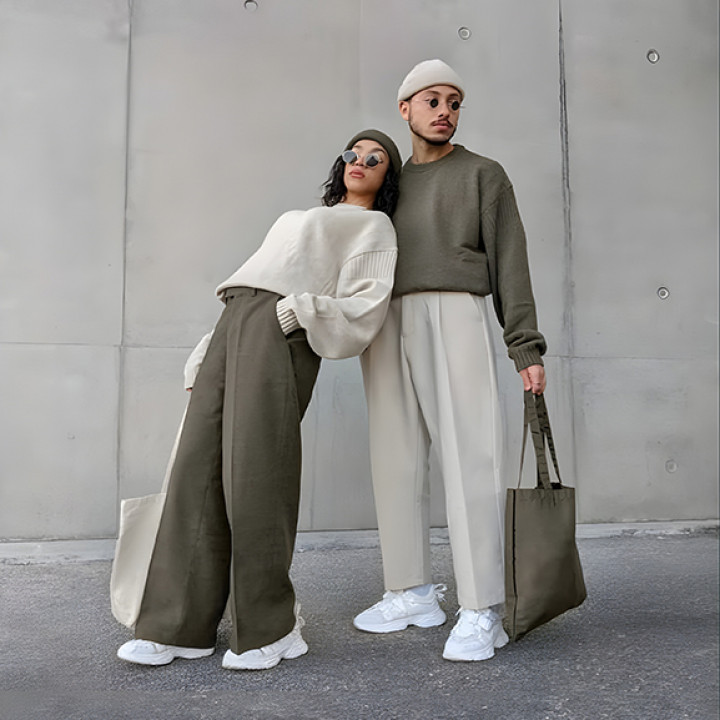
Matching Colors Without Going Too Matchy As Couples
Coordinating outfits as a couple can be a subtle yet powerful way to express your connection and enhance your collective style. However, the goal isn't to look like identical twins. True couple coordination is about harmony, not duplication. It’s about creating a cohesive visual story that feels authentic to both individuals. This guide will help you master the art of subtle color matching, ensuring you both shine together, always with effortless sophistication.
Embrace Complementary Hues
Instead of wearing the exact same color, opt for complementary hues. These are colors that sit opposite each other on the color wheel, like blue and orange, or purple and yellow. One person might wear a deep navy, while the other incorporates a touch of burnt orange in an accessory. This creates a visually interesting contrast that feels balanced and intentional, rather than forced.
Play with Tones and Shades
Another sophisticated approach is to use different tones or shades of the same color. For instance, one partner could wear a deep forest green, while the other opts for a lighter mint or olive. This technique offers a cohesive feel without being overly uniform. It shows a thoughtful coordination that's subtle and chic, perfect for any casual or semi-formal outing.
Focus on One Shared Accent
To keep things understated, choose just one shared color accent. This could be a scarf, a pocket square, a subtle pattern in a shirt, or even footwear. If one wears a blue shirt, the other might have blue detailing in their shoes. This creates a deliberate connection that's easy to achieve and looks incredibly stylish, highlighting attention to detail.
Adopt a Dominant and Subordinate Color
Designate a dominant color for one person and use it as a subordinate accent for the other. For example, she might wear a dress primarily in blush pink, while he incorporates blush into his tie or a stripe on his shirt. This creates a clear visual lead while still showcasing a shared palette, appearing natural and unforced in its coordination.
Texture as a Unifier
Beyond color, texture can be an unexpected unifying element. If one wears a knit sweater, the other might wear a knit scarf or a textured jacket in a different color. This adds depth and interest to your coordinated looks. Focus on fabrics like linen, denim, velvet, or knitwear to create a tactile connection that feels sophisticated and organic.
Pattern Play
Incorporating subtle patterns with shared colors is a clever way to coordinate. One person might wear a striped shirt with hints of blue, while the other wears a checked pattern that also features blue. The patterns differ, but the shared color thread ties the outfits together, offering a dynamic and interesting visual harmony without being identical.
The Neutral Base with Color Pop
Start with neutral base colors like black, white, grey, or beige for both outfits. Then, introduce a shared, vibrant color pop in your accessories or one key item. She might wear a bright red handbag, and he a red watch strap. This allows the bold color to stand out and create a clear, exciting connection against a calm background.
Coordinating outfits as a couple is an art of subtle expression. It’s about creating visual harmony that reflects your shared connection without sacrificing individual style. By experimenting with complementary hues, varying tones, and smart accents, you can effortlessly achieve a polished, unified look that celebrates both your individuality and your bond.




